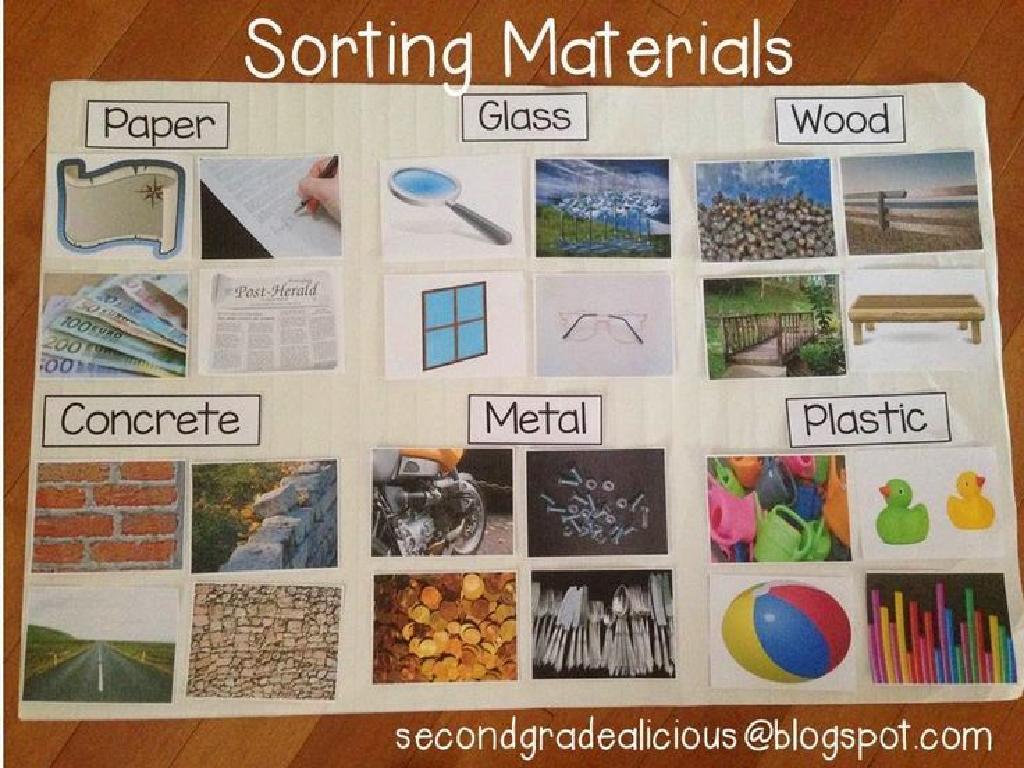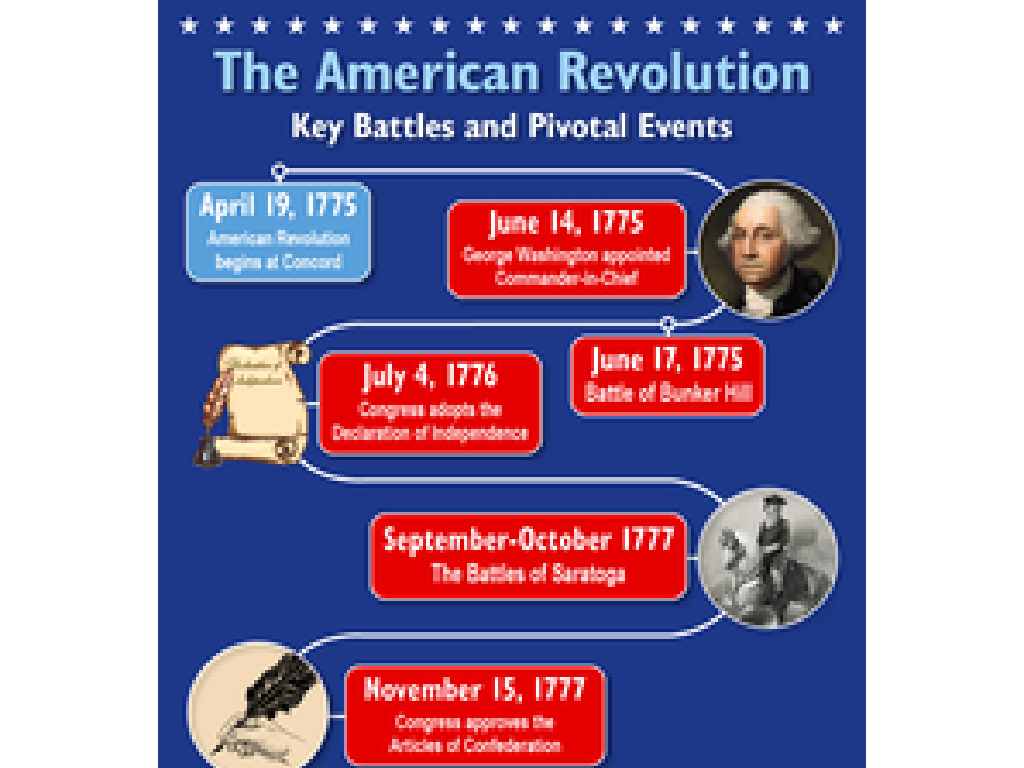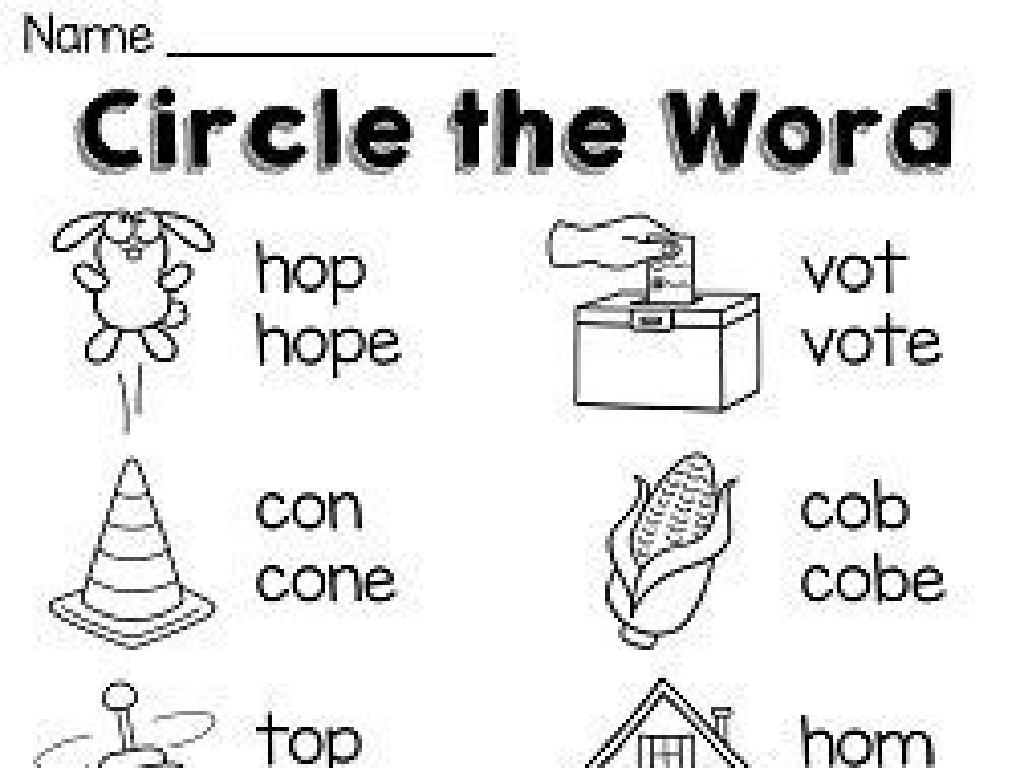Use Context To Identify The Meaning Of A Word
Subject: Language arts
Grade: Sixth grade
Topic: Context Clues
Please LOG IN to download the presentation. Access is available to registered users only.
View More Content
Welcome to Context Clues!
– Today’s Objective: Understanding context
– What are Context Clues?
– Hints or signals in the text that help guess word meanings
– Importance of Context Clues
– They help us comprehend texts without a dictionary
– Applying Context Clues in reading
– Practice finding clues in sentences to define new words
|
This slide introduces the concept of context clues to sixth-grade students, aiming to enhance their reading comprehension skills. Begin by explaining the objective, which is to learn how to use context to determine the meaning of unfamiliar words. Context clues are hints found within the text that, when pieced together, reveal the meaning of a word without the need for a dictionary. Emphasize the importance of context clues in understanding complex texts and improving vocabulary. Encourage students to actively look for synonyms, antonyms, definitions, or examples in the surrounding text as they read. Provide practice sentences for students to apply their skills in identifying context clues. This foundational skill will aid them in becoming more independent and proficient readers.
Understanding Context in Reading
– Define ‘Context’
– The setting or situation in which a word is used
– Context in sentence examples
– ‘The arid desert was scorching.’ Arid means dry or without moisture.
– Context hints at word meaning
– Words or phrases around a tricky word that help us guess the meaning
– Practice using context clues
|
This slide introduces the concept of context and its importance in understanding the meaning of words when reading. Begin by defining context as the words and sentences that surround a particular word, which can provide clues to its meaning. Provide clear examples of sentences where context gives away the meaning of less familiar words. Emphasize how students can use context as a tool to infer the meaning of new vocabulary without a dictionary. Encourage students to practice this skill by looking for context clues in their reading assignments and daily conversations. This foundational skill will enhance their reading comprehension and vocabulary acquisition.
Types of Context Clues
– Definition Clues
– Clues that define or explain the word directly within the sentence.
– Synonym/Antonym Clues
– Words with similar or opposite meanings in the sentence hint the meaning.
– Example Clues
– Specific examples in the text that shed light on the word’s meaning.
– Inference Clues
– General hints from the text that imply the word’s meaning without direct explanation.
|
This slide introduces students to the different types of context clues that authors use to help readers understand the meaning of a word without looking it up. Definition clues provide a direct explanation within the sentence or surrounding sentences. Synonym and antonym clues offer a comparison to other known words. Example clues give concrete illustrations that relate to the new word. Inference clues require readers to use their own knowledge and logic to deduce the meaning. Encourage students to practice identifying these types of clues in various texts. Provide examples for each type and have students discuss how these context clues can help them understand unfamiliar vocabulary.
Mastering Context Clues
– Carefully read the sentence
– Find clues nearby
– Clues can be in the same sentence or ones close by
– Make a meaning prediction
– Use the clues to guess the unknown word’s meaning
– Confirm meaning by re-reading
– Ensure your guessed meaning makes sense in the sentence
|
This slide is aimed at teaching students how to use context clues to determine the meaning of unfamiliar words. Start by guiding them to read sentences attentively, looking for any words or phrases that seem unfamiliar. Encourage them to search for hints within the same sentence or in nearby sentences that might give insight into the word’s meaning. These hints could be definitions, synonyms, antonyms, examples, or explanations. Once they’ve made a prediction about the word’s meaning, they should re-read the sentence to see if their predicted meaning fits logically within the context. This process will help enhance their vocabulary and reading comprehension skills. In the next class, practice these steps with different examples and encourage students to share their thought process.
Context Clues: Practice with Examples
– Example 1: Understanding ‘arid’
– ‘Arid’ hints at extreme dryness, as plants struggle to survive.
– Example 2: Deciphering ‘jubilant’
– ‘Jubilant’ suggests great joy, indicated by the lasting smile.
– Partner discussion on meanings
– Share your interpretations
|
This slide is designed to engage students in practical application of context clues to determine word meanings. By examining the word ‘arid’ in the context of a desert where plants barely survive, students can infer that it means very dry. Similarly, ‘jubilant’ can be understood as a feeling of great happiness, as shown by the character’s persistent smile after receiving good news. Encourage students to discuss these examples with a partner to explore different interpretations and to share their thoughts with the class. This collaborative activity will help reinforce their understanding of context clues and how they can be used to infer the meaning of unfamiliar words.
Group Activity: Deciphering Words with Context Clues
– Form small groups for the activity
– Each group gets a unique paragraph
– Look for words you don’t know and discuss
– Use context to decode unfamiliar words
– Find hints in the text around the tricky words
– Share your group’s discoveries
|
This group activity is designed to enhance students’ skills in using context clues to determine the meaning of unfamiliar words. Divide the class into small groups and provide each with a different paragraph containing challenging vocabulary. Encourage students to collaboratively use context clues such as definitions, examples, synonyms, or antonyms provided in the surrounding text to infer the meanings of the words. Afterward, each group will present their findings, explaining how they deduced the meanings. This will foster teamwork and reinforce the concept of context clues. For the teacher: prepare diverse paragraphs with a range of unfamiliar words to cater to different reading levels within the class. Be ready to guide discussions and clarify as needed.
Review and Reflect: Context Clues
– Definition of context clues
– Hints that help us guess the meaning of an unfamiliar word
– Importance of context clues
– They help us understand texts without a dictionary
– Share a new word and its meaning
– Think of a word you learned and how context helped you
– Reflect on today’s learning
|
This slide aims to consolidate the students’ understanding of context clues and reflect on their importance in reading comprehension. Begin by reviewing the definition of context clues and discussing how they can be used to infer the meaning of new words. Emphasize why context clues are crucial for understanding new vocabulary within a text, enhancing reading fluency and comprehension. Encourage students to share a new word they encountered in today’s lesson, explaining how the context helped them to understand its meaning. This reflection will help students to recognize the value of context clues in their daily reading and learning process. As an activity, students can pair up and discuss the words they’ve shared, further reinforcing their grasp of the concept.
Class Activity: Crafting Sentences with Context Clues
– Pick an unfamiliar word
– Write a sentence with clues
– Include hints in your sentence to define the new word
– Exchange sentences with a peer
– Guess the meanings together
– Work with your classmate to figure out each other’s word
|
This activity is designed to enhance students’ vocabulary and understanding of context clues. Students should select words they are not familiar with and create sentences that provide enough information for someone else to determine the meaning of the word. Encourage creativity and the use of different types of context clues such as synonyms, antonyms, explanations, or examples. After writing their sentences, students will pair up to exchange their sentences and collaboratively work on deciphering the meanings of each other’s chosen words. This peer interaction fosters collaborative learning and critical thinking. As a teacher, circulate the room to assist and guide discussions, ensuring that each student is both challenged and supported.






